From the historical riches of the Tainan old walled-city quarter, it’s just a short drive to the teeming bio-riches of this world of mangrove lagoons and wetlands.
The old city of Tainan, a history buff’s brick-and-mortar dream, was Taiwan’s first city. Taiwan’s imperial capital for 212 years during China’s Qing Dynasty, it brims with heritage sites, especially in the old walled city area. It’s also the heart of Taiwan’s thriving traditional religious culture and home to its densest concentration of temples and shrines, a great many of national historical importance. This gave birth to an affectionate alternate moniker, “Little Kyoto.” Travelers should note, however, that Tainan offers much, much more than this. Mother Nature is also right at home here, and the young Taijiang National Park (台江國家公園) is one of her most diversified exhibitions. (Read more: Exploring Tainan’s natural side and a brief trip to Hell)
In days long past the area beside the Taiwan Strait featured a large saltwater body called the Inner Sea. The gaps between a series of silting-created barrier islands served as access/exit points for sailing craft. Most of this shallow-sea body is now silted over, but vestiges remain. View the Google Maps satellite imagery of the area immediately north of the city’s old quarter and you’ll see a sea of watery areas – mangrove lagoons, wetlands, estuaries, tidal flats, and aqua farms. Taijiang National Park is a showcase for this area’s history, culture, and bio-fecundity.
The Taijiang National Park Ecosystem
Taiwan’s youngest national park, established in 2009, encompasses a patchwork of coastal lands and the waters immediately offshore. It’s home to precious habitats for a wide range of rare crustacean, fish, mammal, and bird species, most famously the Black-faced Spoonbill. As the Inner Sea silted over during imperial times, two new industries were spawned, open-pan salt making and fish farming. While exploring, expect to see such constant imagery as egrets and Black-crowned Night Herons flying low and slow over dense mangrove clusters, and mudbanks/mudflats teeming with fiddler crabs and mudskippers.
⬇︎Located by the sea, Taijiang National Park is also one of the most popular sites to enjoy sunsetting view.
Be sure to first visit the Taijiang National Park Headquarters, in the city’s Annan District (安南區). The gleaming white-walled buildings of the complex, built on pilings above retired fish farms, resemble traditional fisherfolk dwellings and encircle a faux “lagoon.” High-quality exhibits, models, and multimedia provide valuable introductions to the park’s distinct ecosystems, traditional industries, and local culture.
Sicao Raft Excursions
The headquarters facility is in the Sicao area, in the park’s far south. The key thrills here are guided-tour boat excursions on the local waters. Large motorized rafts similar to those used by local oyster farmers ply the narrow Mangrove Green Tunnel. This is a long-disused section of Taiwan’s first canal, built in the 1870s, used to transport salt and cane sugar from local farms. Dubbed a “Mini Amazonia,” the trees here are over half a century old. Head out into the larger local mangrove-lagoon channels on a much larger craft on the Taijiang Boat Tour , watching local raft fishermen, oyster farmers, and myriad photogenic waterfowl all hard at work posing just for you. (You might also like: 3 Water-based Attractions in Tainan You Probably Didn’t Know About)
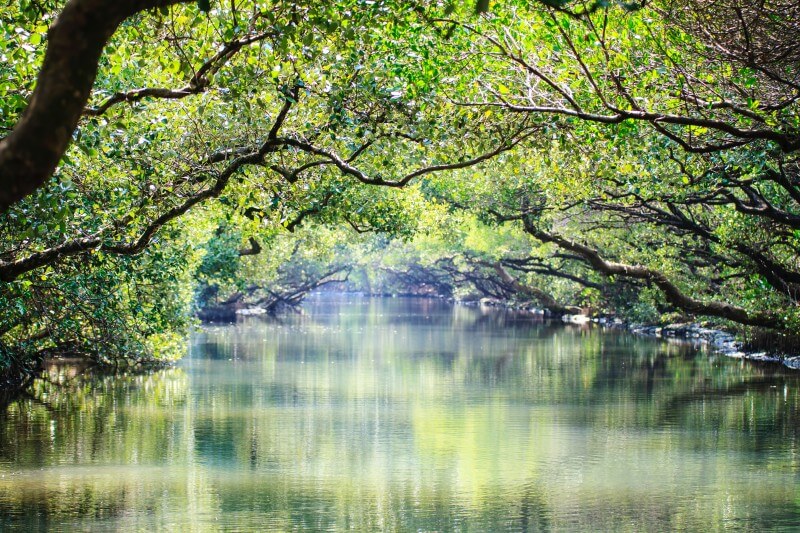
| Mangrove Green Tunnel |
| Fees: – Adult: NT200 – Children aged 7 to 12: NT100 – Children under 6 & Elderly above 80: NT30 Timetable: – Weekdays: Departs at 10a.m. and 2p.m.; More irregular sails may depart during the days depends on the guest number on the spot. – Weekends and Holidays: Sails from 8a.m. to 4:30p.m., depart whenever the raft is full. |
⬇︎On the Taijiang Boat Tour, visitors will learn the whole ecosystem of the estuary.
| Taijiang Boat Tour |
| Fees: – Adult:NT200 – Children aged 7 to 12: NT100 – Children under 6 & Elderly above 80: NT30 Timetable: – Weekdays: Departs at 10:45a.m. and 2:40p.m.; More irregular sails may depart during the days depends on the guest number on the spot. – Weekends and Holidays: Sails from 8:30 a.m. to 4:30p.m., depart whenever the boat is full. |
Taijiang’s Salt Fields
When the Japanese ruled Taiwan 1895~1945 they significantly upped the scale of the region’s salt production, looking to Taiwan to fulfill the motherland’s import needs. The area’s vast network of salt fields began to fail in the second half of the last century in the face of more modern industrial methods and price competition from overseas producers. Just north of Sicao is Annan District’s Anshun area, in the past a key production hub. Anshun’s Tainan Salt Pan Eco-village (鹽田生態文化村) was created by the offspring of retired salt workers, renovating selected abandoned field grids and facilities.
There are a number of guided activities on how salt is made using evaporation, harvesting salt, and making DIY salt shakers. A special feature of this region’s salt fields is how the bottom of the evaporation ponds were paved with ceramics shards, producing cleaner salt and making harvesting easier. Among the other eco-village attractions are a salt-transport canal wharf built by the Japanese, old-time coral walls, and the local mangrove ecosystem.
Also highly recommended are the Qigu District vestiges of the old Qigu salt fields (七股鹽田) around the Qigu Lagoon, concentrated on its north/northeast side. This lagoon, Taiwan’s largest at 1350ha, is filled with oyster-farm racks. Not far from the lagoon are two large key tourist draws, the Qigu Salt Mountain and Taiwan Salt Museum. (Looking for other options in Tainan? Check More About Tainan: How to do Madou and Shanhua)
Black-faced Spoonbill Reserve
Also in Qigu District, just south of the lagoon, is this key site in the ongoing international campaign to help the critically endangered Black-faced Spoonbill. This is a delightfully designed migratory waterbird with a bill in the shape of, yes, a giant spoon. Its range extends from North Korea to Southeast Asia. The reserve is primarily estuary mangrove lagoon. The small Black-faced Spoonbill Conservation Center, a green facility which extends out over the water, has good displays and abundant English information. The volunteers posted at the area’s lookout platforms, which are equipped with powerful binoculars, are also valuable fonts of information (Chinese/Taiwanese). Note that when visiting Taiwan in autumn/winter the daily count of resident spoonbills is posted online on the park’s website. Among the many other avian works of art you’ll have encounters with are the Eurasian Spoonbill, Sacred Ibis, Grey Heron, and Great Egret. (You might also like: Birdwatching In Taiwan: Advice from expert to novice)
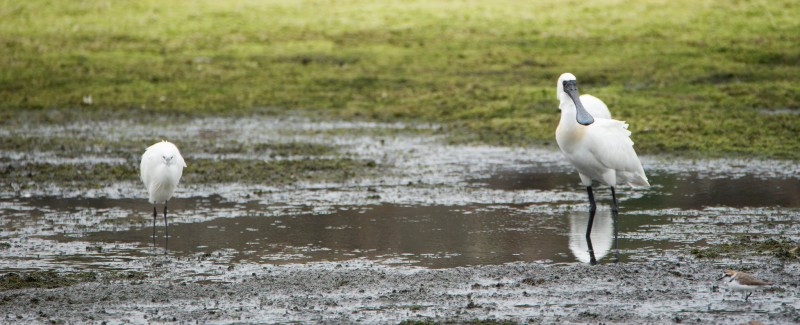
Tainan’s Taijiang National Park – a magical water world officially “in” the city, but a world away from it. Your new avian and legions of crawling critter friends are waiting … time to head out!
Getting to Tainan’s Taijiang National Park
Self-drive is recommended. Quality car/scooter rental enterprises are found around Tainan Railway Station; the national park is about 25 minutes away. As well, check out the Taiwan Tourist Shuttle’s hop-on, hop-off Southwest Coast Route and 99 Taijiang Route (www.taiwantrip.com.tw).
For more information, visit: www.tjnp.gov.tw / swcoast-nsa.travel
(Note: The park lies within the larger Southwest Coast National Scenic Area; the two administrations have different responsibilities)
Words By Rick Charette / Cover Photo by Taiwan Scene)


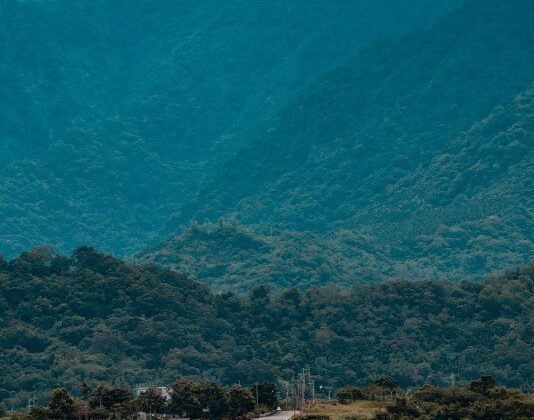


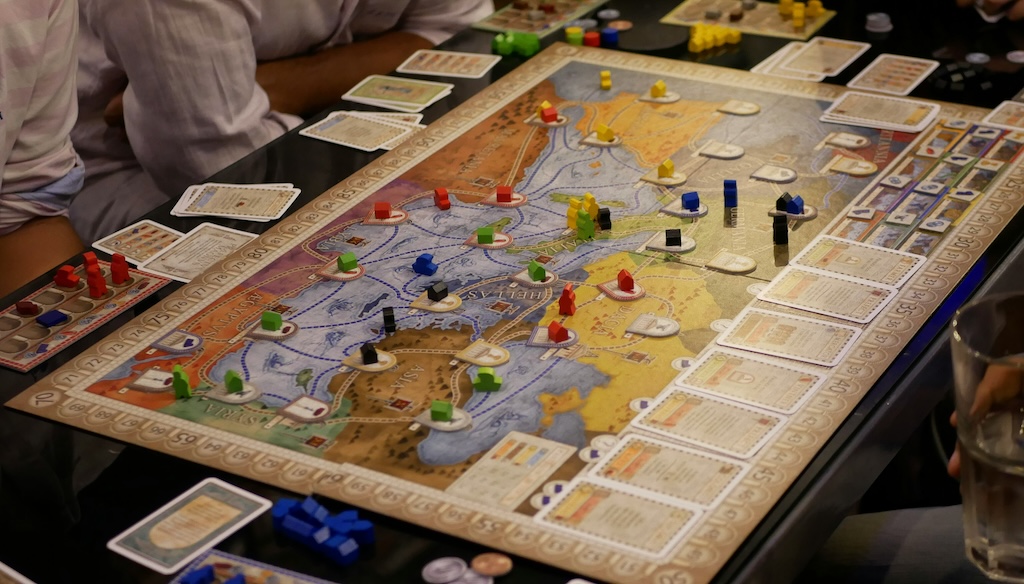
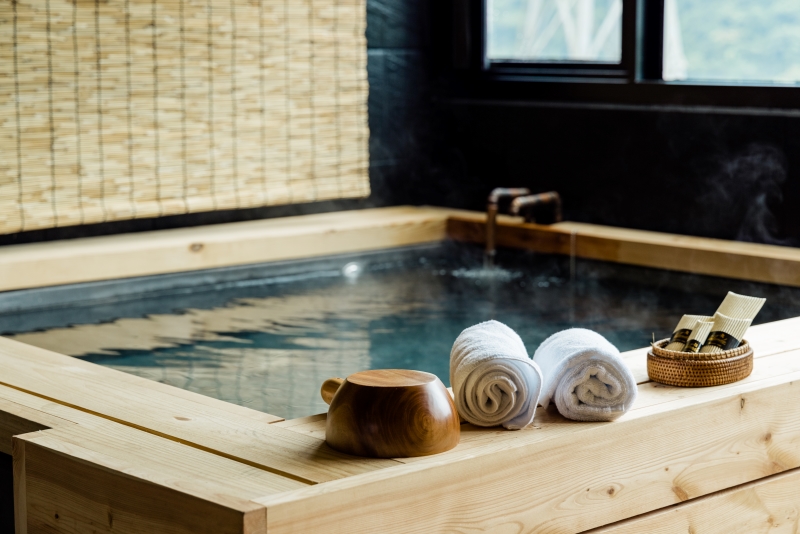



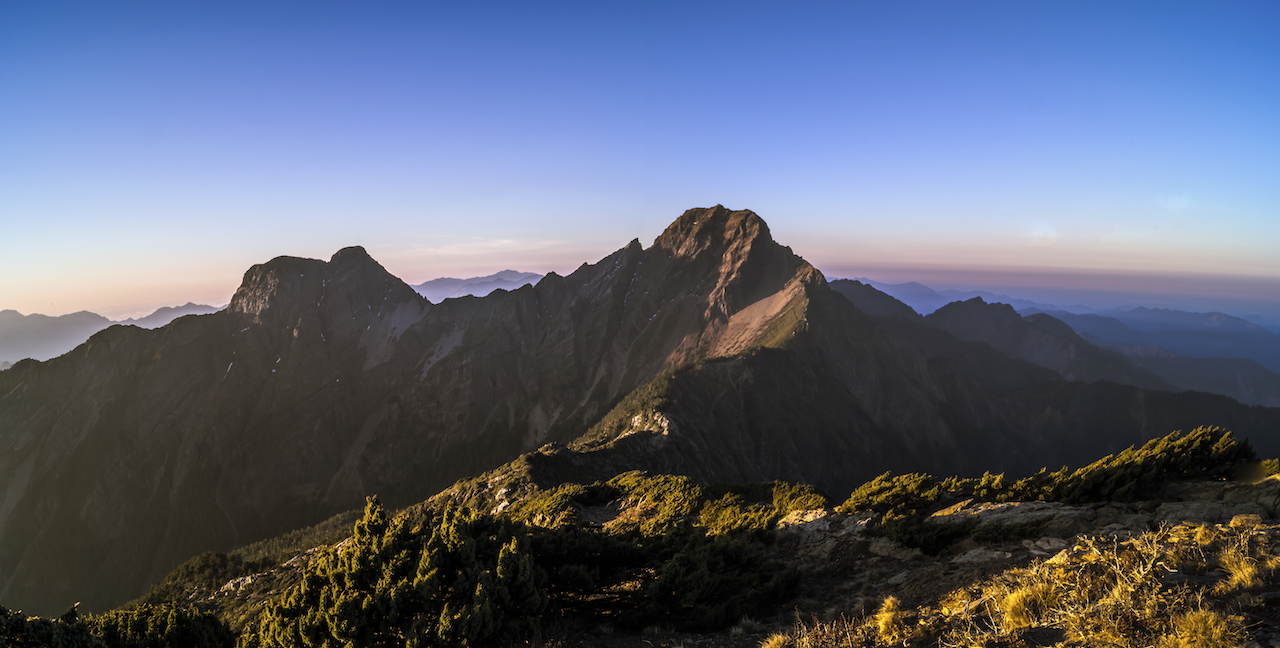
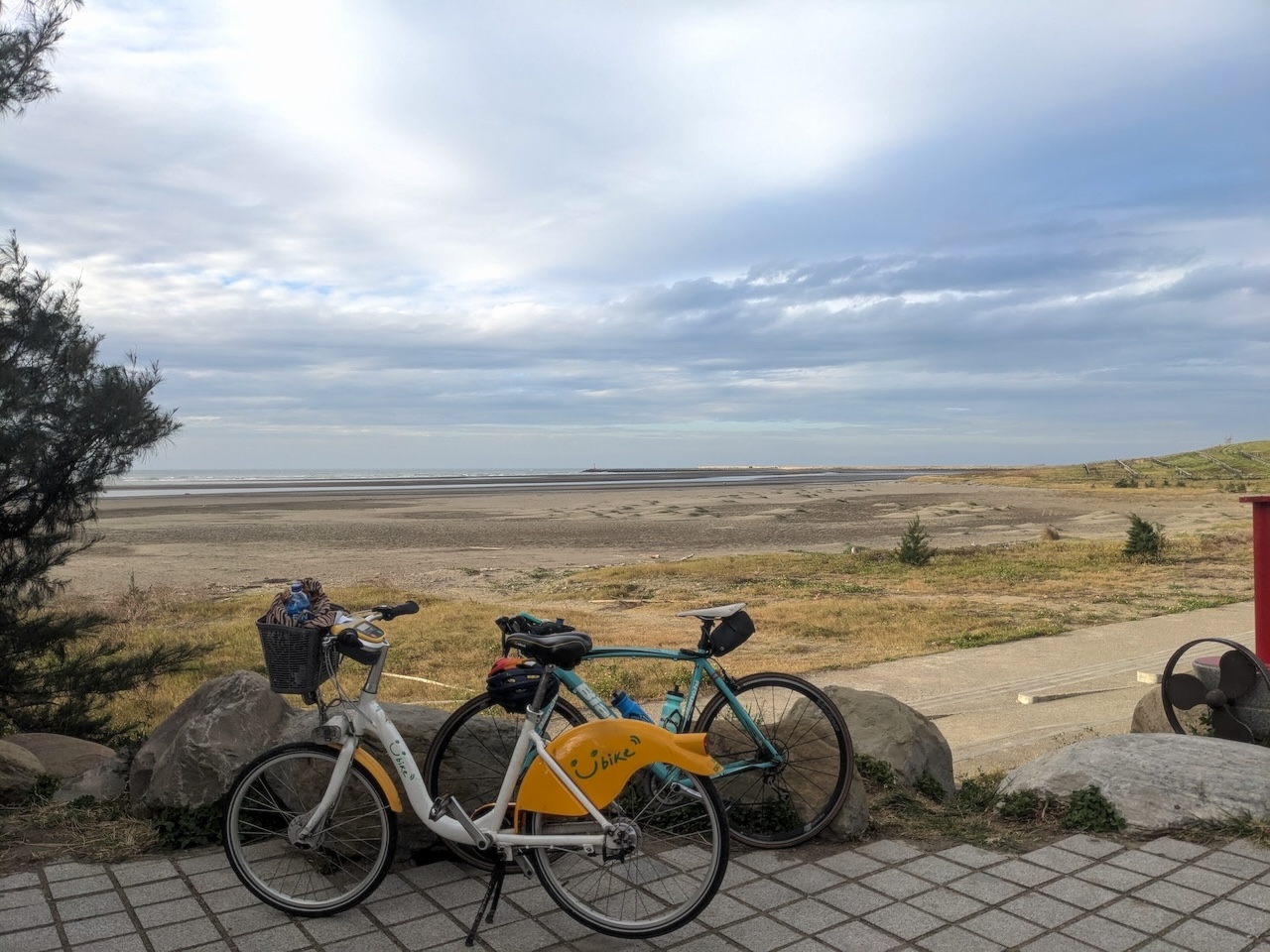

Comments are closed.